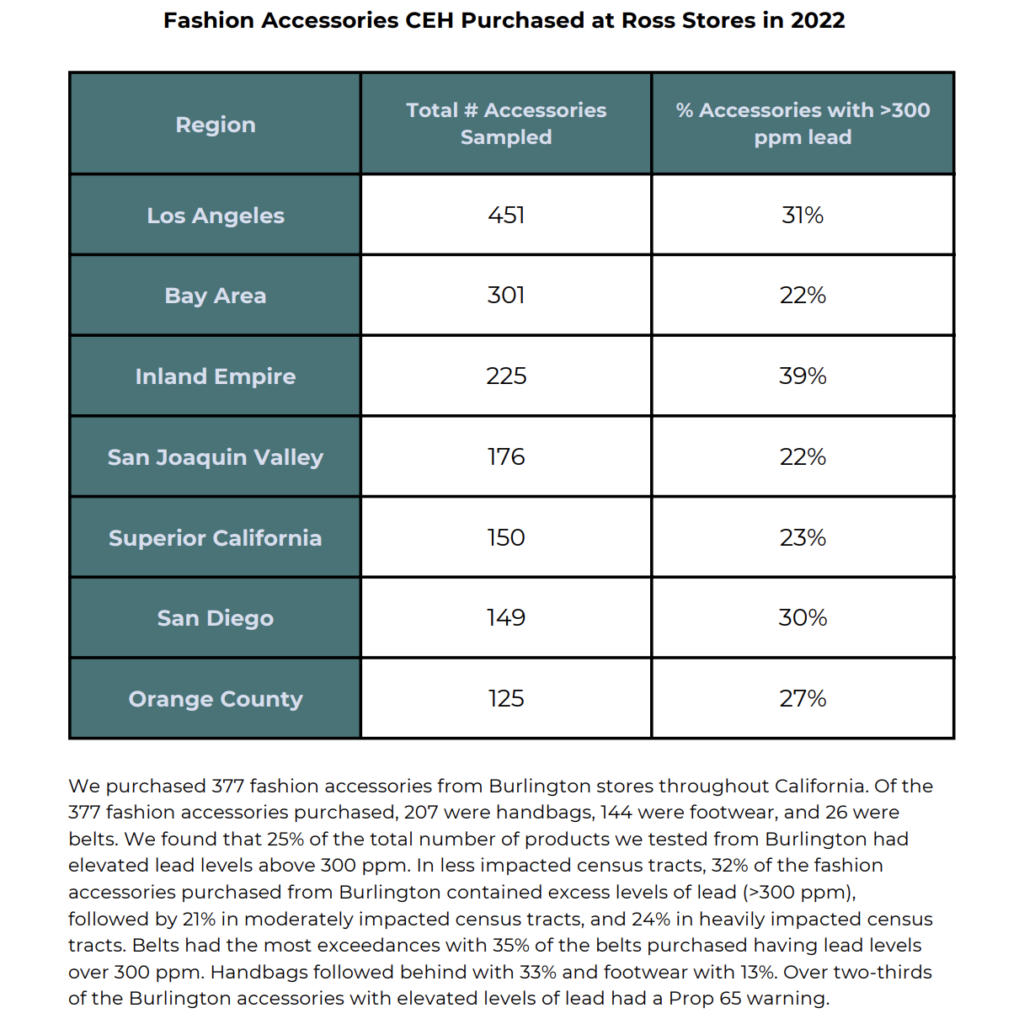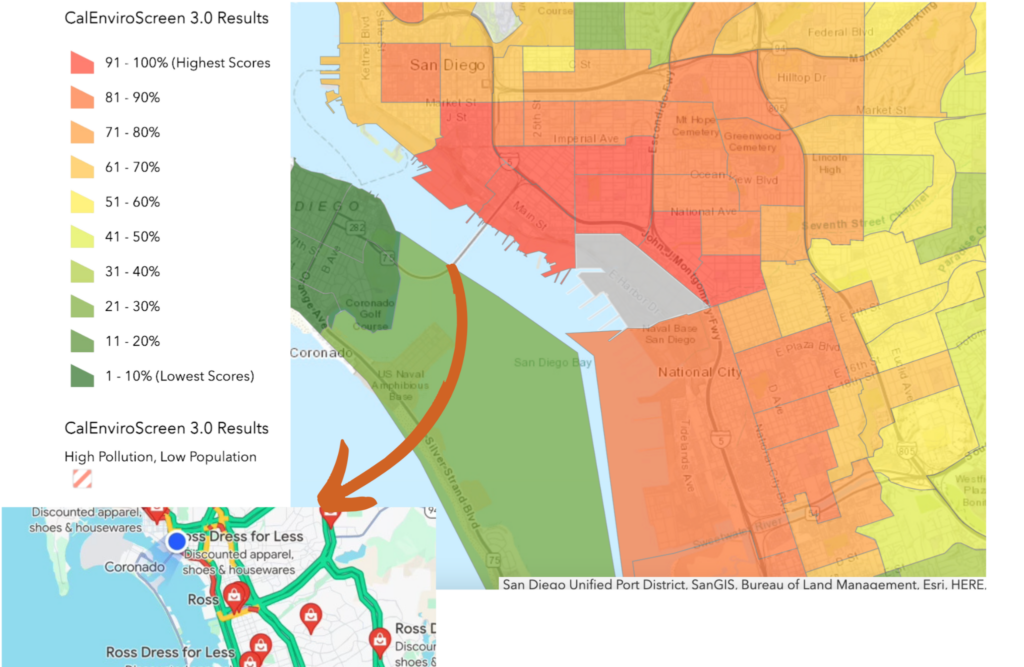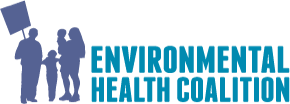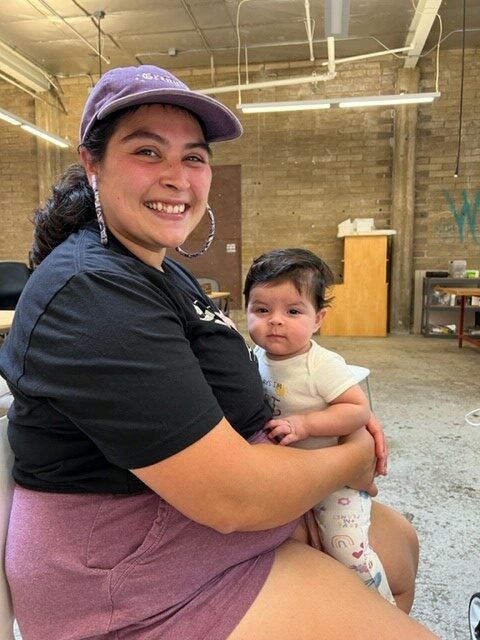Over 25% of fashion accessories tested from Ross and Burlington contained toxic lead levels
by Ash Valentin
On TikTok, a prevalent running joke revolves around Mexican moms enjoying shopping at Ross and Marshalls for hours. Though humorous, this joke bears a seed of truth. I’ve personally endured numerous hours at Ross as my mom meticulously browses through every clothing rack, adding more items to an already overflowing cart. Upon reflecting on these experiences, I find myself pondering the potential extent of lead exposure, polychlorinated biphenyls exposure, and other potentially toxic chemicals that my family and I may have encountered over the years.
In recent years, consumers have become increasingly concerned about the presence of harmful chemicals in everyday products. Proposition 65, formally known as the Safe Drinking Water and Toxic Enforcement Act of 1986, stands as a crucial piece of legislation aimed at protecting public health from exposure to toxic substances. Proposition 65, initially passed in California, requires businesses to provide warnings to consumers about significant exposures to chemicals known to cause cancer, birth defects, or other reproductive harm (OEHHA). The law covers a wide range of products, including food, beverages, household products, and even clothing.
While it has been a topic of discussion for decades, its relevance remains significant, especially in light of recent controversies surrounding high levels of lead found in clothing sold by retail companies like Ross, Burlington, Marshalls, Nordstrom Rack, and TJ Maxx (CEH). Lead is a heavy metal known for its harmful effects on human health, especially children causing brain damage, learning disabilities, and aggressive behavior. Lead is also one of the key chemicals that Proposition 65 addresses (CEH). While lead exposure is commonly associated with sources like lead-based paint, lead-contaminated house dust, and contaminated water, it may also be present in certain textiles, particularly those imported from regions with less stringent regulations (EARTH DAT). Lead can find its way into clothing through various means, such as dyes, pigments, or embellishments, posing a risk to both consumers and workers involved in the manufacturing process (NCBI).

Emily DiFrisco’s article: “Toxic Fashion: New Report Reveals High Lead Levels in Off-Price Retailer Accessories” presents insightful analysis with more statistics about the high lead levels found in the retail stores. I highly recommend reading it, especially considering their revelation that in 2022, “over 25% of fashion accessories tested from Ross and Burlington contained lead levels ranging from 0.03% to 1.7%, as reported by nonprofit watchdog Center for Environmental Health (CEH)”. These findings have raised concerns among consumers and sparked debates about the adequacy of regulations. Exposure to lead via clothing can happen either by direct skin contact or ingestion, and it’s been associated with heightened chances of cardiovascular diseases and various health issues in adults and children (NCEBI). Even minimal exposure to lead can negatively impact neurodevelopment, potentially causing cognitive and behavioral disorders (NCEBI).
Decades of environmental racism have subjected residents from Southeast San Diego to the harmful consequences of unjust policies and actions, evident in instances like the contamination of soil with Polychlorinated Biphenyls and pollution of bay waters in Logan Heights (IHPSD). Consequently, Logan Heights residents face significantly elevated rates of asthma hospitalizations, cancer risks, and mental health disorders compared to national averages (IHPSD). Disparities in the distribution of stores are glaring, with the Coronado community having no retail stores like Ross while Southeast San Diego has over five, exemplifying inequities in access to resources like affordable and safe retail options. These disparities compound existing vulnerabilities, including limited green spaces, inadequate healthcare, and scarcity of healthy food options, further exposing communities like Logan Heights to risks like lead exposure and harmful pollutants.

Proposition 65 plays a crucial role in alerting individuals to potential dangers, yet its efficacy hinges on strong enforcement and business cooperation. Retailers bear the responsibility of ensuring product safety and addressing any chemical contamination promptly. Conversations with our families about high levels of lead or other toxic chemicals in commonly used items like clothing and accessories can be challenging. Often, the conversation shifts towards the affordability of clothing rather than delving into its material composition or considering potentially harmful chemicals that the product may contain. Although there’s no perfect solution for persuading our loved ones to stop shopping at such establishments, initiating these dialogues with care for their safety and well-being is essential.
However, it is imperative that our communities have access to affordable and safe products. With their vast resources, multi-billion companies like Ross and Marshalls have the means to implement basic safety measures to protect both their workers and consumers. It is essential for these corporations to cease the distribution of products containing harmful chemicals, ensuring they never reach store shelves or the hands of consumers and workers. Access to reasonably priced items should not come at the expense of sacrificing health within our community.
In the long run, the actions of the retail stores negatively impact the health of already vulnerable communities while they benefit from the profits. Low-income communities face greater health risks than affluent communities due to limited access to or inability to afford eco-friendly goods and products. The connection between Proposition 65 and retailers like Ross and Burlington highlights the need for heightened awareness and scrutiny regarding chemical contaminants in garments and health disparities in communities that already have a long history of environmental racism. As consumers, we must remain vigilant and informed, demanding greater accountability from businesses and advocating for policies that prioritize our health and well-being. Despite my mother’s continued shopping at these retail stores, I find solace in her heightened awareness of its impacts and her increased conscientiousness regarding her purchases, indicating that our dialogues have sown a seed of change.
Sources:
- https://oehha.ca.gov/proposition-65/about-proposition-65#:~:text=Proposition%2065%20requires%20businesses%20to,are%20released%20into%20the%20environment.
- https://www.earthday.org/toxic-textiles-the-chemicals-in-our-clothing/#:~:text=Lead%20is%20a%20heavy%20metal,in%20vividly%20colored%20synthetic%20products.
- https://ceh.org/wp-content/uploads/2024/03/Fashion-Accessory-Testing-Report-2024-2.pdf
- https://www.ncbi.nlm.nih.gov/pmc/articles/PMC4961898/
- https://ihpsd.github.io/stories/living_in_the_shadows_of_the_nassco_shipyards.html
- https://ihpsd.github.io/stories/environmental_racism_and_asthma.html
- https://www.ncbi.nlm.nih.gov/pmc/articles/PMC10221355/


